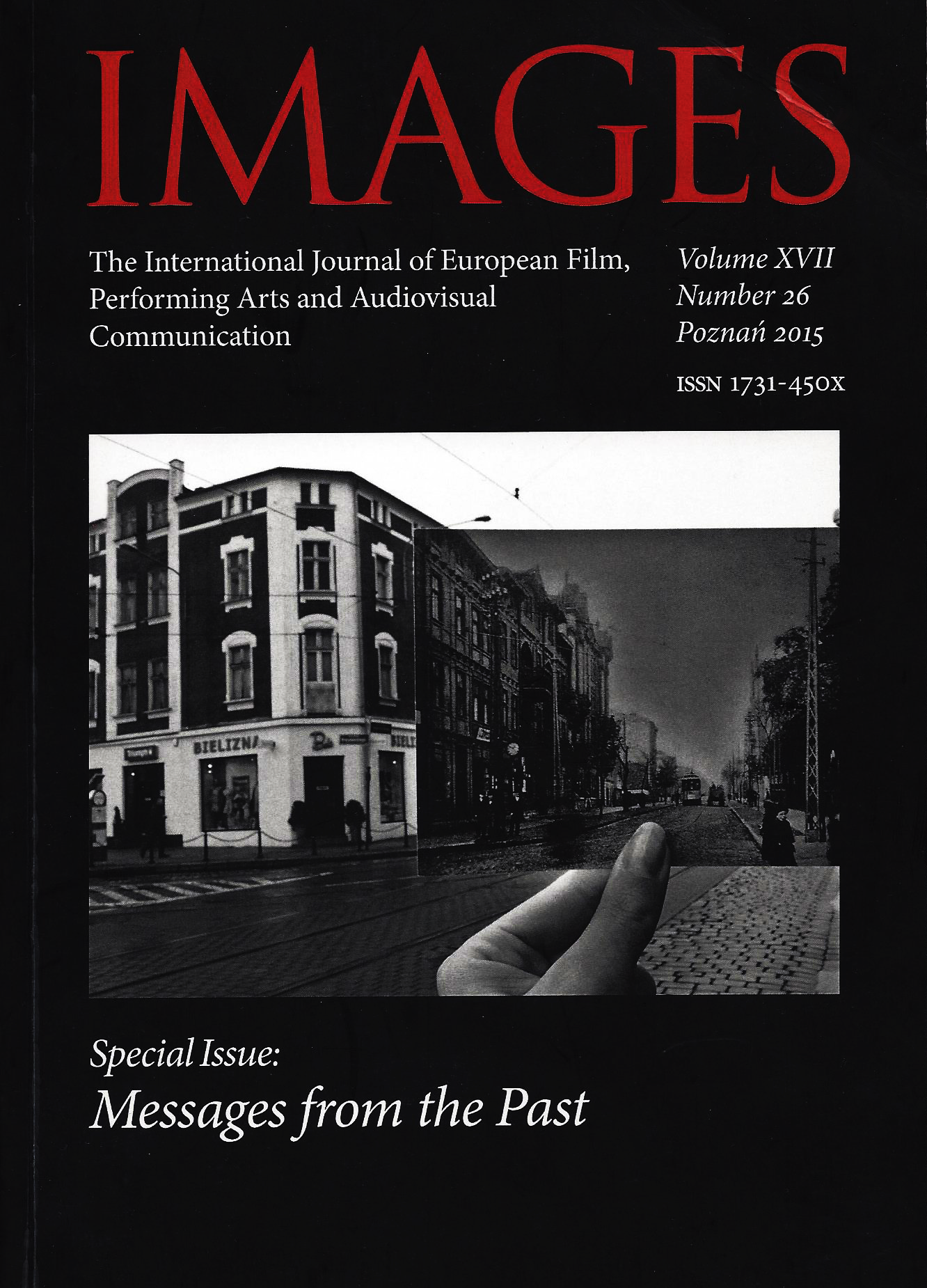"Declaration of Immortality" – Inspirations Derived from Creative Documentaries by Wojciech Wiszniewski
"Declaration of Immortality" – Inspirations Derived from Creative Documentaries by Wojciech Wiszniewski
Author(s): Urszula TesSubject(s): Media studies, Visual Arts, Film / Cinema / Cinematography, Sociology of Art
Published by: Uniwersytet Adama Mickiewicza
Keywords: artistic creation; form; heroes of socialism; symbolism; metaphysics; Marcin Koszałka; Wojciech Wiszniewski;
Summary/Abstract: In his documentary Declaration of Immortality, Marcin Koszałka intentionally refers to the style of Wojciech Wiszniewski. Visual creativity is strongly exposed here, both in the style of filming and the presentation of the hero. The main character in the film, Piotr Korczak, reminds of the monument-like heroes from Wiszniewski’s films, like protagonist from Wanda Gościmińska. A Weaver Koszałka filmed the scenes in the Potocki Palace in Krzeszowice in the manner of Wiszniewski’s long tracking shots. Visual creativity in Koszałka’s and Wiszniewski’s films encompasses the staging, precise frame composition, and their intentional artificiality, which does not nullify the documentary their nature. Form in the works of the directors of Primer (Wiszniewski) and Declaration of Immortality (Koszałka) interacts more or less with the spirit of Stanisław Witkiewicz’s art. Koszałka, like Wiszniewski, ‘dismantles’ reality, exposing the illusion of cinema to present a guru of mountain climbing (Korczak) as a ‘hostage of immortality’. The lonely hero from Wiszniewski-like staged scenes in Declaration of Immortality is presented as an ‘outgoing star’ whose fame has passed, giving way to alienation or a sense of failure. The tension from Declaration of Immortality emerges from the contrast between the way of filming (heroic style), and the meaning of particular scenes. The cinema of Wojciech Wiszniewski includes symbols, metaphors, and allegories. Th is artistic conception goes well with Marcin Koszałka’s concept of cinema, which – since the making of Existence (2007) – has become more and more symbolic, incorporating Baroque-like formal ideas based on strong contrasts to evoke ‘cognitive discomfort’ in the viewer.
Journal: Images. The International Journal of European Film, Performing Arts and Audiovisual Communication
- Issue Year: 15/2014
- Issue No: 24
- Page Range: 145-154
- Page Count: 10
- Language: English

